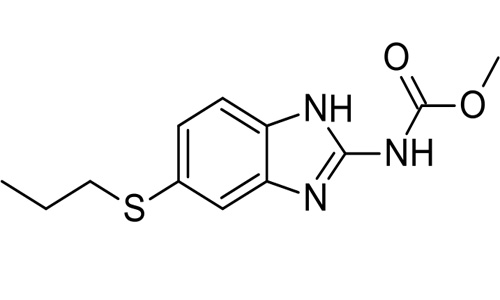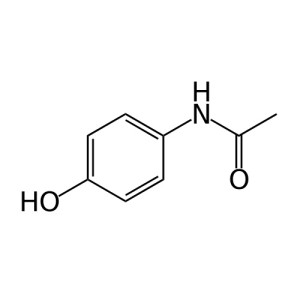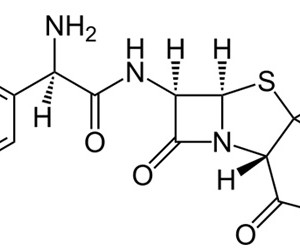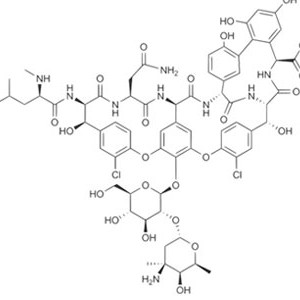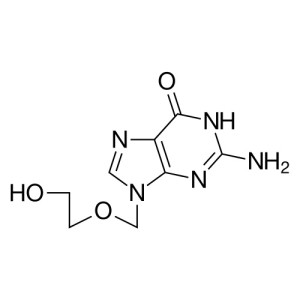Welcome visitor you can
login or register
0 items - $0.00
No products in the cart.
Albendazole Micronized
Albendazole, marketed as Albenza among others, is medication used for the treatment of a variety of parasitic worm infestations. It is useful for giardiasis, trichuriasis, filariasis, neurocysticercosis, hydatid disease, pinworm disease, and ascariasis, among others. It is taken by mouth.[2]

Make an enquiry for this product
Category: Active Pharmaceutical Ingredients
Starting at
Product Description
| Methyl [5-(propylthio)-1H-benzoimidazol-2-yl]carbamate |
| Trade names | Albenza |
| AHFS/Drugs.com | monograph |
| MedlinePlus | a610019 |
| Pregnancy category |
AU: D US: C (Risk not ruled out) |
| Legal status |
AU: S4 (Prescription only) CA: ℞-only UK: POM (Prescription only) US: ℞-only |
| Routes of administration |
Oral |
| Bioavailability | <5%[1] |
| Protein binding | 70%[1] |
| Metabolism | Hepatic[1] |
| Biological half-life | 8-12 hours[1] |
| Excretion | Urine, faeces[1] |
| CAS Number | 54965-21-8 |
| ATC code | P02CA03 QP52AC11 |
| PubChem | CID: 2082 |
| DrugBank | DB00518 |
| ChemSpider | 1998 |
| UNII | F4216019LN |
| KEGG | D00134 |
| ChEBI | CHEBI:16664 |
| ChEMBL | CHEMBL1483 |
| NIAID ChemDB | 007895 |
| Formula | C12H15N3O2S |
| Molecular mass | 265.333 g/mol |
|
SMILES[show] |
|
|
InChI[show] |
|
| Melting point | 208 to 210 °C (406 to 410 °F) |

